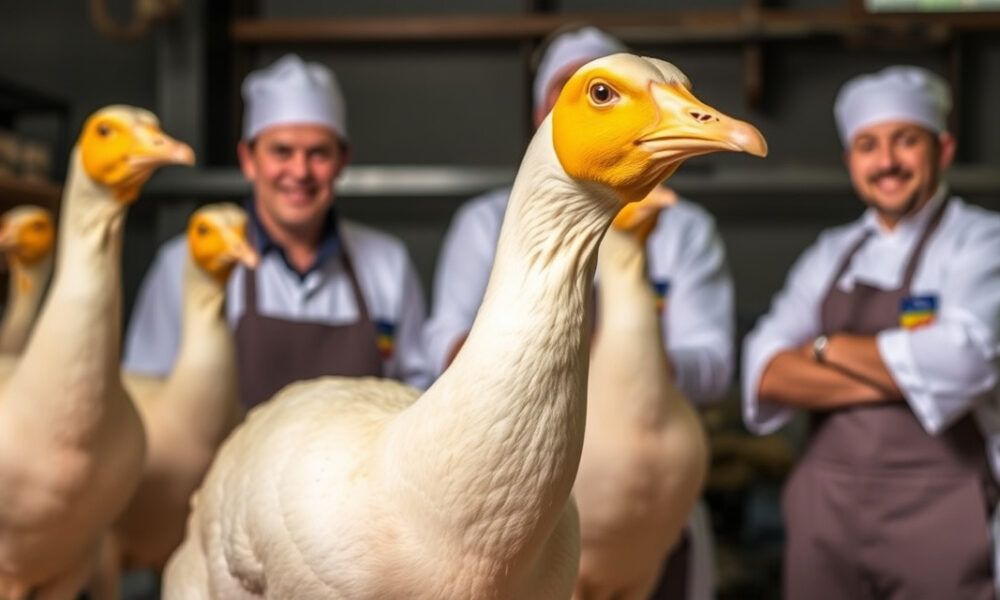News
A groundbreaking recipe for ethical foie gras: the future of gourmet dining?

“`html
Research team develops ethical foie gras alternative, maintaining animal welfare without forced feeding, offering a new approach to traditional practices.
A groundbreaking development in the culinary world promises an ethical alternative to traditional foie gras production, a method criticized for its use of forced feeding. A team led by Thomas Vilgis from the Max Planck Institute has patented a new technique that preserves the taste and texture of foie gras while respecting animal welfare. This innovation marks a significant step toward sustainable gastronomy by eliminating the need for gavage, the controversial method of feeding ducks and geese to enlarge their livers. The details of this new process were published in the journal Physics of Fluids, highlighting the potential for a more humane approach to foie gras production.
The vision for accessible and ethical foie gras
Thomas Vilgis, a passionate foie gras enthusiast, revealed in an interview that he indulges in this delicacy sparingly and prefers sourcing it from small producers. His mission was to make foie gras both accessible and ethical, minimizing forced feeding practices prevalent in industrial production. Vilgis and his team aimed to develop a recipe that eschews the use of additional ingredients or additives, while preserving the traditional flavors and consistency of foie gras. This endeavor reflects a growing demand for ethical consumption without compromising on culinary quality.
Pursuing the perfect texture
The initial phase of Vilgis’s research involved emulsifying duck and goose liver with fat from the same animals, incorporating collagen extracted from skin and bones. However, this did not yield the desired consistency. The breakthrough came when Vilgis decided to mimic the natural digestive process of birds during forced feeding. Ducks and geese utilize enzymes known as lipases, which act as “molecular scissors,” breaking down fat molecules into smaller pieces. This allows the fat to reorganize and crystallize, creating a structure that gives the final product its characteristic texture and flavor. This innovative approach successfully replicates the effects of traditional methods without the ethical concerns.
An alternative to gavage
Although this new technique does not save the lives of animals, it represents a significant step towards creating an alternative to the gavage method, which leads to pathological conditions like hepatic steatosis, characterized by excessive fat accumulation in the liver. In the process of slaughter, the livers of force-fed animals can weigh up to ten times their normal weight. In Italy, the production of foie gras through forced feeding has been banned since 2007, as in other European countries. However, despite the ban on large-scale distribution, trade and import are not prohibited, making foie gras still available in restaurants and gourmet shops. Currently, Europe produces over 19,000 tons of foie gras, with France remaining the leading producer and consumer worldwide.
Promising results and scientific validation
Microscopic analyses, as reported in Physics of Fluids, have demonstrated that the product obtained with the new technique possesses the right structure and an aroma akin to traditional foie gras. Vilgis concluded that his team successfully recreated in the laboratory what naturally occurs in the intestines of birds, employing advanced techniques like X-ray scattering. The results were surprisingly similar to the known foie gras, a finding that brought great satisfaction to the researcher, who described the dish as not only delicious but also infused with the principles of physics.
“`Riproduzione riservata © - WT